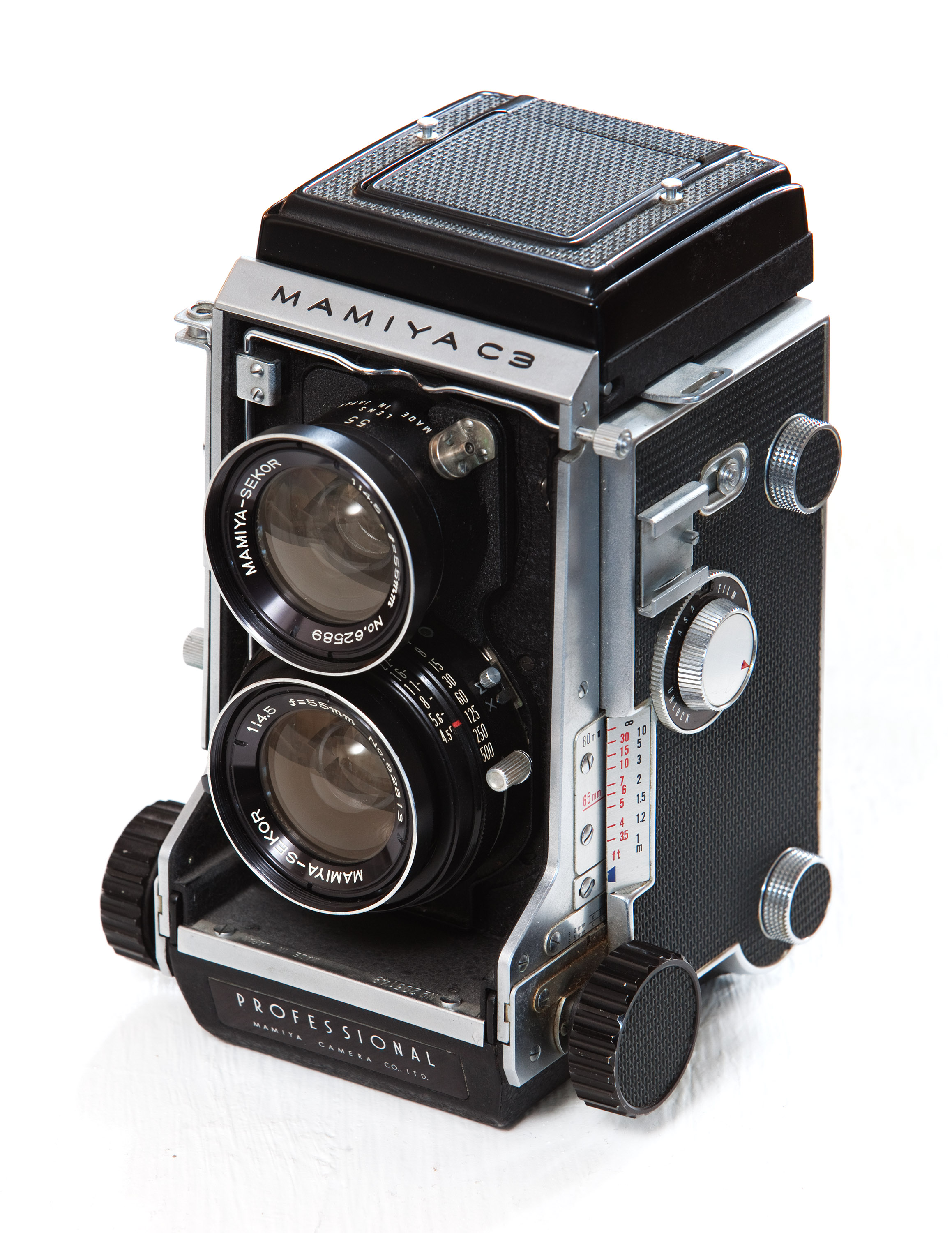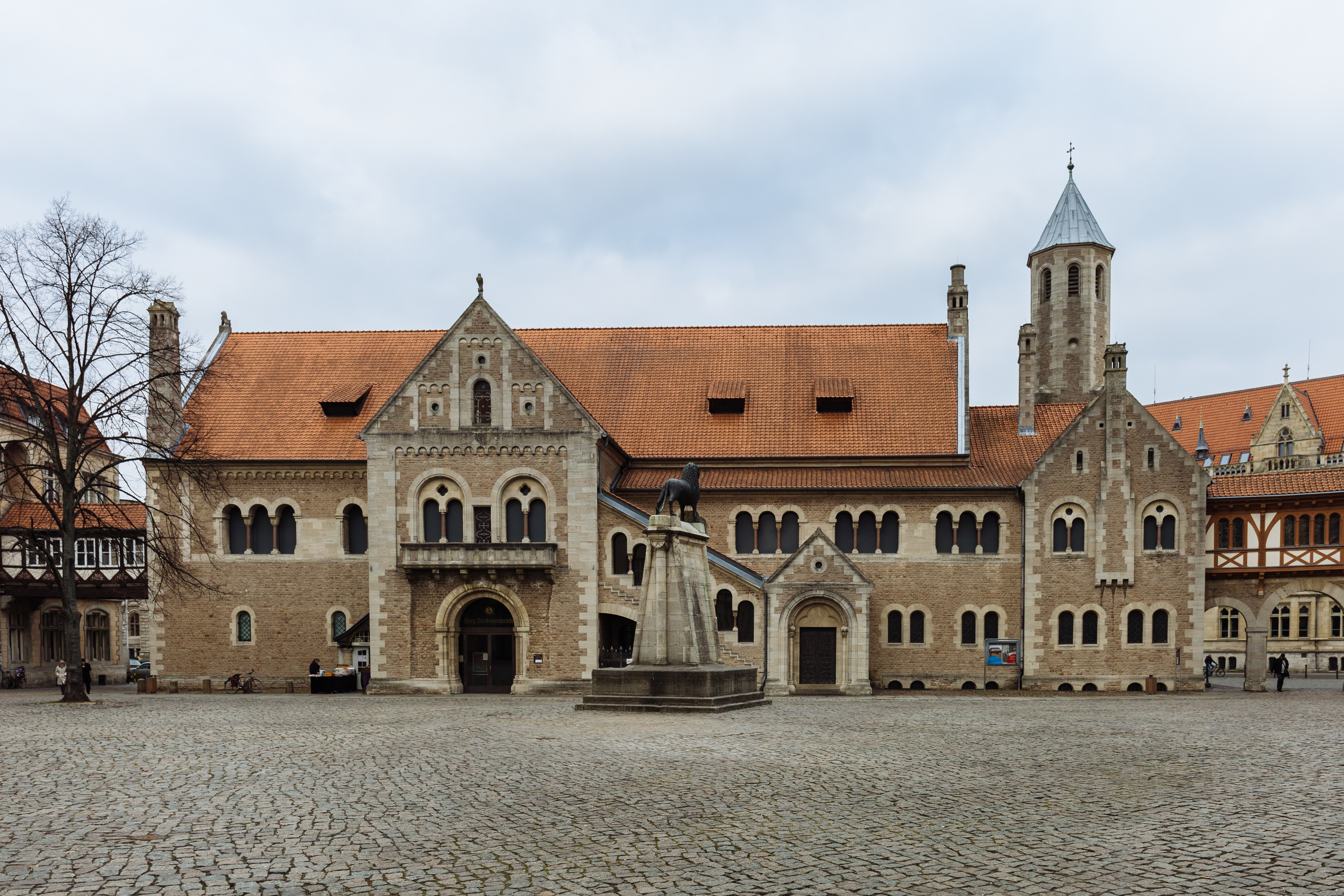|
Rolleiflex Hy6
The Rolleiflex Hy6, also sold as the Leaf Digital AFi and Sinar Hy6, is a line of medium format single lens reflex cameras designed by Jenoptik for Rollei, introduced in 2006 and in intermittent production starting from 2008. The Hy6 is a hybrid, accepting both analog film and digital image sensor backs, competing directly with the Hasselblad H-series. The Hy6 uses the same lenses and lens mount as the Rolleiflex 6000 System and eventually displaced the older line. The bankruptcy of Franke & Heidecke GmbH in 2009 complicated later production, with manufacturing continued by successor companies DHW Fototechnik GmbH (from 2010 to 2014) and DW Photo GmbH (from 2017). History Prototypes of the Hy6 were shown at photokina 2006 by Sinar, Leaf, and Franke & Heidecke; the camera was developed by a partnership between Jenoptik, who were responsible for the electronics, and Franke & Heidecke, who handled the mechanical aspects. F&H was responsible for manufacture and Jenoptik held the righ ... [...More Info...] [...Related Items...] OR: [Wikipedia] [Google] [Baidu] |
Sinar
Sinar Photography AG is a Swiss company based in Zürich manufacturing specialized high-resolution view cameras for studio, reproduction, landscape and architecture photography. Sinar's view-cameras allow both the lens and the film back or sensor back to move in rotation or linearly in any direction (up/down, left/right, front back linearly, and pitch yaw tilt rotations), thus allowing precise image alignment corrections. The cameras are thus often used in advertising, document reproduction, product and architectural photography, where correctly vertical image lines, fine focus accuracy, and extra details are wanted. The name SINAR is explained by the company itself as "Still, Industrial, Nature, Architectural and Reproduction photography" in the English version of the April 2011 press release. Other versions of the names were also used, with the S for studio, Sache, or science. In the Indonesian language, translates into English as "light ray". History Founding The business ... [...More Info...] [...Related Items...] OR: [Wikipedia] [Google] [Baidu] |
Photokina
Photokina is a trade fair held in Europe for the photographic and imaging industries. It is the world's largest such trade fair. The first Photokina was held in Cologne, Germany, in 1950, and since 1966 it has been held biennially in September at the Koelnmesse Trade Fair and Exhibition Centre in Deutz. The final Photokina under the then-current biennial cycle took place in 2018. Initially, the promoters planned to start a new annual cycle in 2019, with future shows to be held in May, but they later decided not to begin the new annual cycle until 2020. The worldwide outbreak of the Coronavirus disease 2019 and its effect on the imaging industry made Koelnmesse decide to cancel both Photokina 2020 and Photokina 2021. Many photographic and imaging companies introduce and showcase state of the art imaging products at Photokina. Similar trade shows The show has two main competitors, both of which are annual shows held in different parts of the world. The CP+ show in Yokohama, J ... [...More Info...] [...Related Items...] OR: [Wikipedia] [Google] [Baidu] |
Mamiya
is a Japanese company that manufactures high-end cameras and other related photographic and optical equipment. With headquarters in Tokyo, it has two manufacturing plants and a workforce of over 200 people. The company was founded in May 1940 by camera designer Seiichi Mamiya () and financial backer Tsunejiro Sugawara. History Mamiya originally achieved fame for its professional medium-format rangefinder film cameras such as the Mamiya Six (1940) and the Mamiya Press (1962) series. It later developed medium-format industry workhorse single lens reflex cameras: RB67 (1970), RZ67 (1982), and 645 (1975); and twin-lens reflex C series, all of which were used by advanced amateur and professional photographers. Many Mamiya models over the past six decades have become collectors' items. The earliest Mamiya Six medium-format folding camera, the 35 mm Mamiya-Sekor 1000DTL, the lightweight 35 mm Mamiya NC1000, the 6×6 cm medium-format C series of interchangeab ... [...More Info...] [...Related Items...] OR: [Wikipedia] [Google] [Baidu] |
Phase One (company)
Phase One A/S is a Denmark, Danish company specializing in high-end digital photography equipment and software. It manufactures open platform based medium format camera systems and solutions. Its Raw image format, RAW processing software, Capture One, supports many Digital SLR, DSLRs besides their Digital camera back, backs. PODAS workshops (Phase One Digital Artist Series) is a series of worldwide photography workshops designed for digital photographers interested in working with medium format, high-resolution cameras. PODAS is a part of the Phase One educational division. Each attendee receives a Phase One digital camera system for the duration of the workshop. On 18 February 2014, it was announced that UK-based private equity firm Silverfleet Capital would acquire a 60% majority stake in the company. On 17 June 2019, Phase One A/S was once again sold, this time to the Danish investment company Axcel. Products Cameras In 2009, Phase One purchased a major stake in Japanese ... [...More Info...] [...Related Items...] OR: [Wikipedia] [Google] [Baidu] |
Kodak
The Eastman Kodak Company, referred to simply as Kodak (), is an American public company that produces various products related to its historic basis in film photography. The company is headquartered in Rochester, New York, and is incorporated in New Jersey. It is best known for photographic film products, which it brought to a mass market for the first time. Kodak began as a partnership between George Eastman and Henry A. Strong to develop a film roll camera. After the release of the Kodak camera, Eastman Kodak was incorporated on May 23, 1892. Under Eastman's direction, the company became one of the world's largest film and camera manufacturers, and also developed a model of welfare capitalism and a close relationship with the city of Rochester. During most of the 20th century, Kodak held a dominant position in photographic film, and produced a number of technological innovations through heavy investment in research and development at Kodak Research Laboratories. Kodak produce ... [...More Info...] [...Related Items...] OR: [Wikipedia] [Google] [Baidu] |
Leica S-System
The Leica S-System is a medium format digital single lens reflex camera system introduced by Leica Camera in 1996. Beginning with the Leica S1, a prototype top-end studio digital camera unveiled at Photokina 1996. It went into production at the end of 1997. Leica S-System cameras * Leica S1 – The Leica S1 Pro is a scanner camera with a very high resolution (26.4 megapixels) for stationary use introduced in 1996. On a 36×36 mm2 sensor 5140×5140 pixels are scanned and optically transferred to a connected computer. The object lens adapter system was exchangeable, thus object lenses of the systems Leica R, Leica M, Hasselblad, Mamiya 645, and all mechanical objective lenses from Canon (FD), Nikon, etc. can be used with the S1. The software for the S1 is a special SilverFast version, originally developed by LaserSoft Imaging for high-end scanners. Approximately 160 cameras were built and mostly sold to museums, archives and research institutes. Later on Leica introduced the ... [...More Info...] [...Related Items...] OR: [Wikipedia] [Google] [Baidu] |
Braunschweig
Braunschweig () or Brunswick ( ; from Low German , local dialect: ) is a List of cities and towns in Germany, city in Lower Saxony, Germany, north of the Harz Mountains at the farthest navigable point of the river Oker, which connects it to the North Sea via the rivers Aller (Germany), Aller and Weser. In 2024, it had a population of 272,417. The Braunschweig-Wolfsburg-Salzgitter region had 1.02 million residents including the cities Wolfsburg and Salzgitter, it is the second largest urban center in Lower Saxony after Hanover. The urban agglomeration of Braunschweig had a population of 551,000 with almost 45% having a migration background, making it the most diverse urban agglomeration in the whole Niedersachsen, state. The city consists of 37.5% immigrants (approximately 102,000) with a high amount of migrants coming from other European countries, Asia and Africa. 73% of the Germans residing in Braunschweig come from different parts of the country, particularly North Rhine West ... [...More Info...] [...Related Items...] OR: [Wikipedia] [Google] [Baidu] |
Rolleiflex 6000 System
The Rolleiflex 6000 System is a line of medium format single lens reflex cameras made by Rollei, in regular production starting from 1983 with the 6006. The 6006 was derived from the earlier SLX (1976) and retains compatibility with its lenses and accessories, adding an interchangeable film back with an integral dark slide. Like the SLX, the 6000 series cameras incorporate electronic autoexposure and motorized film transport, competing directly with the line of similar integrated-motor Hasselblad V-system cameras which started with the 500EL. The 6006 was followed by the 6002 (1986), 6008 (1988), 6003 (1996), 6001 (1998), and 6008 AF (2002). The 6002 may be regarded as a simplified version of the 6006, or alternatively as a replacement for the SLX, with a non-interchangeable back; the 6008/6003 are positioned similarly. Rollei released numerous sub-variants of each model. History Broadly, the 6000 System can be divided into two distinct generations: the 6006/6002, which ... [...More Info...] [...Related Items...] OR: [Wikipedia] [Google] [Baidu] |
Medium Format
Medium format has traditionally referred to a film format in photography and the related cameras and equipment that use film. Nowadays, the term applies to film and digital cameras that record images on media larger than the used in 35 mm photography (though not including 127 sizes), but smaller than (which is considered large format photography). In digital photography, medium format refers either to cameras adapted from medium-format film photography uses or to cameras making use of sensors larger than that of a 35 mm film frame. Some of the benefits of using medium-format digital cameras include higher resolution sensors, better low-light capabilities compared to a traditional 35mm DSLR, and a wider dynamic range. Characteristics Medium-format cameras made since the 1950s are generally less automated than smaller cameras made at the same time. For example, autofocus became available in consumer 35 mm cameras in 1977, but did not reach medium format un ... [...More Info...] [...Related Items...] OR: [Wikipedia] [Google] [Baidu] |
Hasselblad
Victor Hasselblad AB is a Sweden, Swedish manufacturer of medium format (film), medium format cameras, photographic equipment and image scanners based in Gothenburg, Sweden. The company originally became known for its classic analog medium-format cameras that used a waist-level viewfinder. Perhaps the most famous use of the Hasselblad camera was during the Apollo program missions when the first humans Moon landing, landed on the Moon. Almost all of the still photographs taken during these missions used modified Hasselblad cameras. In 2016, Hasselblad introduced the world's first digital compact mirrorless medium-format camera, the X1D-50c, changing the portability of medium-format photography. Hasselblad produces about 10,000 cameras a year from a small three-storey building. Company history The company was established in 1841 in Gothenburg, Sweden, by Fritz Wiktor Hasselblad, as a trading company, F. W. Hasselblad and Co. The founder's son, Arvid Viktor Hasselblad, was inte ... [...More Info...] [...Related Items...] OR: [Wikipedia] [Google] [Baidu] |
Rollei
Rollei () is a German manufacturer of optical instruments founded in 1920 by and in Braunschweig, Lower Saxony, and maker of the Rolleiflex and Rolleicord series of cameras. Later products included specialty and nostalgic type films for the photo hobbyist market. Originally named ''Werkstatt für Feinmechanik und Optik, Franke & Heidecke'', the company renamed into ''Rollei-Werke Franke & Heidecke GmbH'' in 1972, ''Rollei-Werke Franke & Heidecke GmbH & Co. KG'', in 1979, and ''Rollei Fototechnic GmbH & Co. KG'' in 1981. After being purchased in 1995 by Samsung Techwin, part of the South Korean Samsung Group, it was sold back to its internal management in 1999. In 2002, it was bought by a Danish investment group, and renamed ''Rollei GmbH'' in 2004. In 2005/2006, the company headquarters moved to Berlin and the company was split into two different companies: ''Rollei GmbH'' in Berlin, owner of the Rollei brand and selling various OEM equipment, and ''Rollei Produktion GmbH'' ... [...More Info...] [...Related Items...] OR: [Wikipedia] [Google] [Baidu] |






